
Plants, like all living organisms, require nutrients to grow, reproduce, and complete their life cycle. While macronutrients such as nitrogen, phosphorus, and potassium are often emphasized, trace elements, also known as micronutrients, play equally crucial roles in plant development. Understanding these trace elements and their functions can significantly enhance plant health and yield.
What Are Trace Elements?
Trace elements are essential minerals required by plants in small quantities. Despite their minimal concentration, they are vital for various physiological and biochemical processes. Key trace elements include iron, manganese, zinc, copper, molybdenum, boron, and chlorine. Each of these elements contributes uniquely to plant growth and development.
The Role of Trace Elements in Plant Growth
Trace elements function as catalysts in enzymatic reactions and are integral components of various plant structures. Iron, for instance, is essential for chlorophyll synthesis and acts as a cofactor in electron transport chains. Manganese plays a role in photosynthesis, nitrogen metabolism, and the synthesis of some enzymes. Zinc is crucial for the synthesis of plant hormones and enzyme activation.
Copper is involved in photosynthesis and lignin synthesis, which strengthens plant cell walls. Molybdenum is a component of enzymes that catalyze nitrogen fixation and nitrate reduction. Boron is essential for cell wall formation and the transport of sugars and nutrients. Chlorine is involved in osmosis and ionic balance within plant cells.
Symptoms of Trace Element Deficiencies
Deficiencies in trace elements can lead to various physiological disorders in plants. Common symptoms include chlorosis (yellowing of leaves), necrosis (death of plant tissue), stunted growth, and poor fruit development. For example, iron deficiency typically causes interveinal chlorosis in young leaves, while zinc deficiency may result in rosette formation and small leaves.
Managing Trace Element Levels in Soil
Ensuring adequate levels of trace elements in soil is crucial for optimal plant health. Soil testing can help determine the existing levels of these nutrients and guide appropriate fertilization practices. It’s important to note that excessive application of trace elements can lead to toxicity and negatively affect plant growth.
Incorporating organic matter into the soil can enhance the availability of trace elements. Organic materials improve soil structure, increase microbial activity, and enhance nutrient uptake by plants. Additionally, using chelated forms of trace elements can improve their availability to plants, especially in alkaline soils where some nutrients become less accessible.
The Importance of Balanced Nutrition
Balanced plant nutrition involves providing all essential nutrients in the right proportions. While trace elements are needed in small amounts, their role is indispensable. A balanced nutrient supply ensures healthy plant growth, increases resistance to diseases, and improves overall yield and quality. Gardeners and farmers should regularly monitor and adjust nutrient levels to maintain an optimal balance.
In conclusion, trace elements are a critical component of plant nutrition. Understanding their functions, symptoms of deficiencies, and management practices can significantly enhance plant productivity and sustainability. By prioritizing balanced nutrition, we can ensure the health and vitality of our plants.
Trace elements are essential minerals required by plants in small quantities but are vital for various physiological and biochemical processes. Iron is essential for chlorophyll synthesis and acts as a cofactor in electron transport chains. Deficiencies in trace elements can lead to various physiological disorders in plants, such as chlorosis and stunted growth. Ensuring adequate levels of trace elements in soil is crucial for optimal plant health. Balanced plant nutrition involves providing all essential nutrients in the right proportions, including trace elements. 
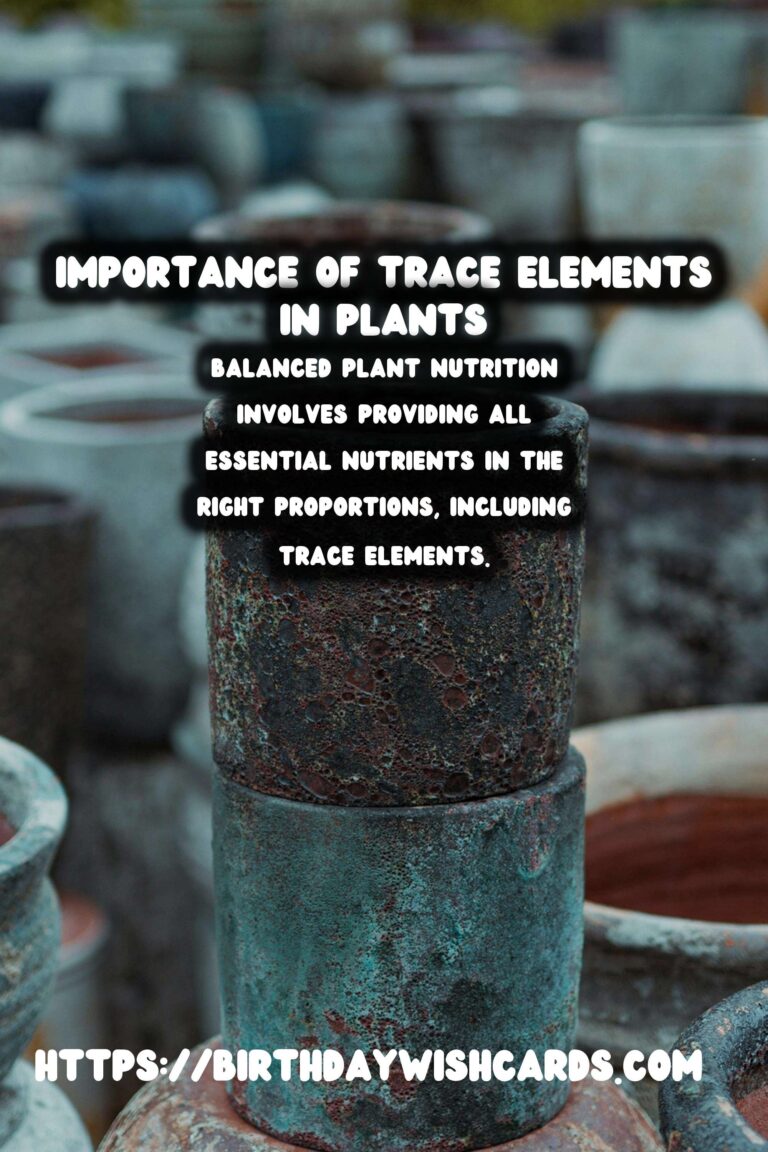
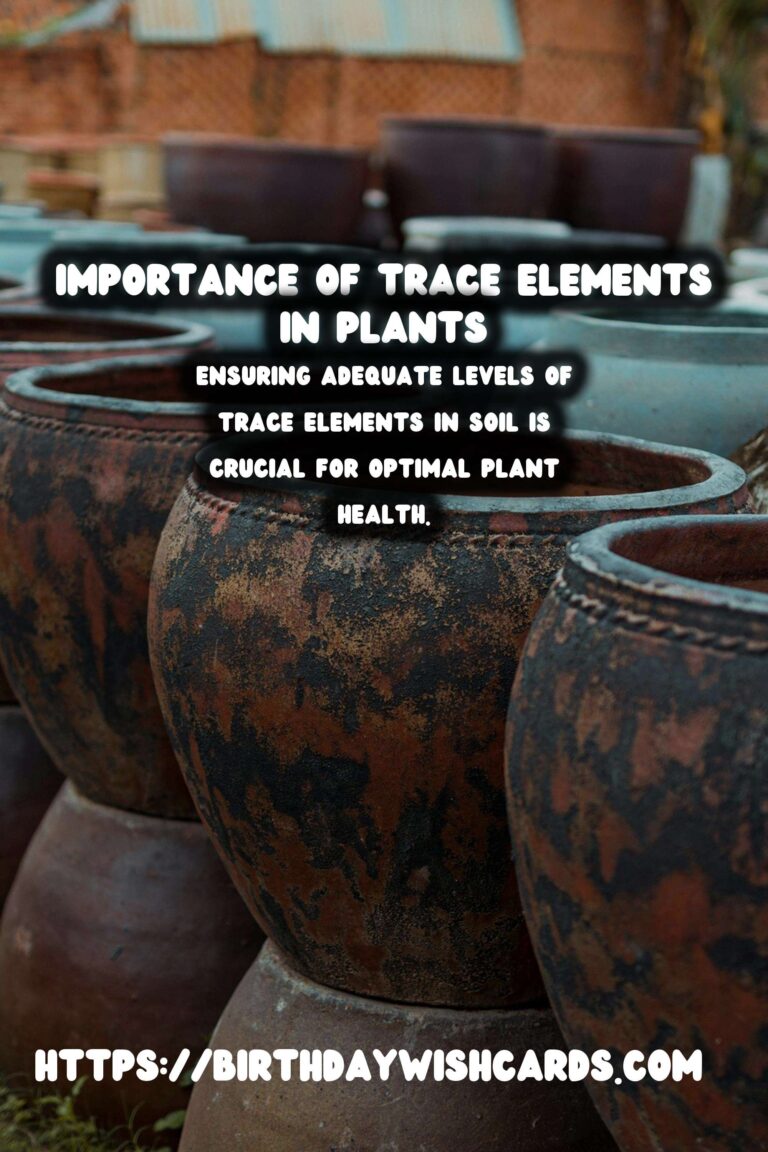
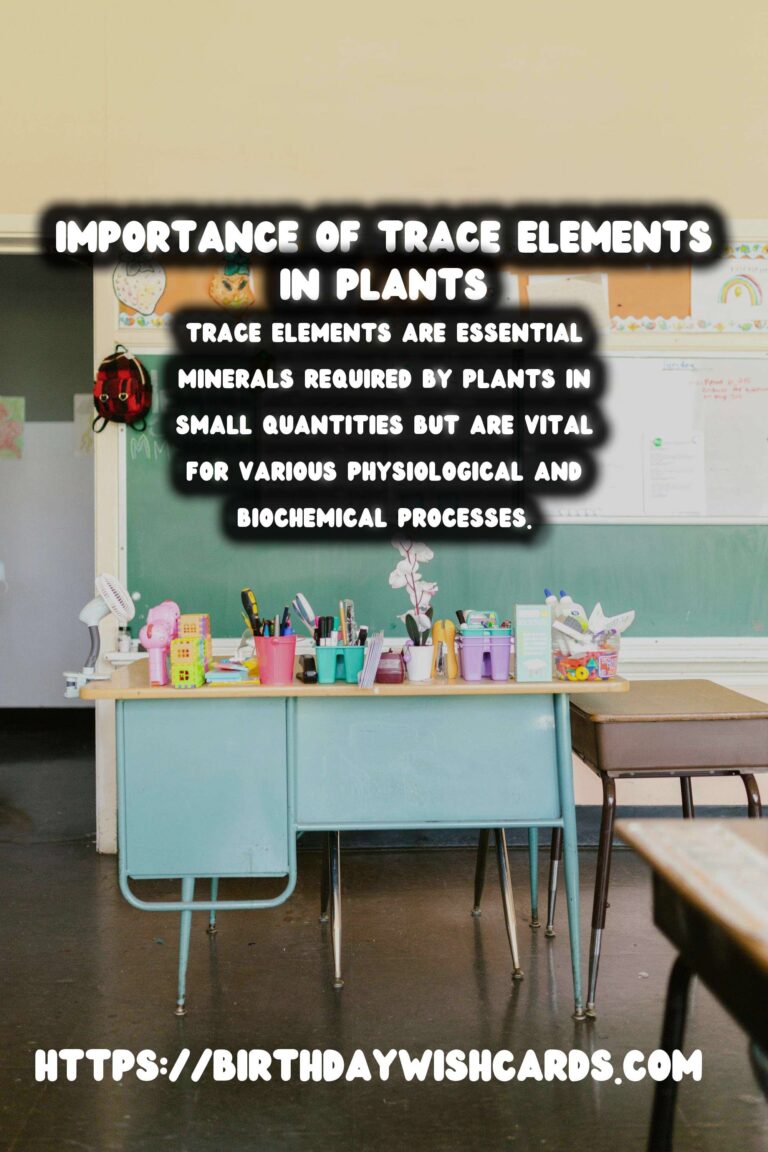
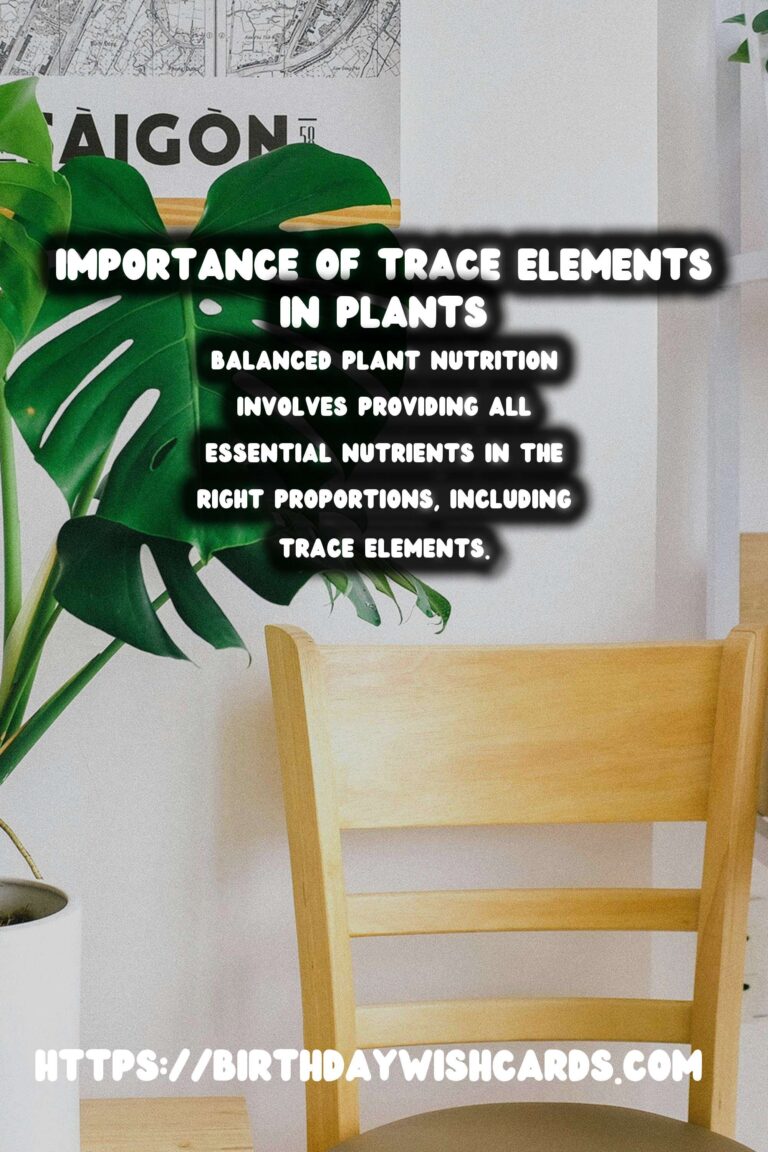
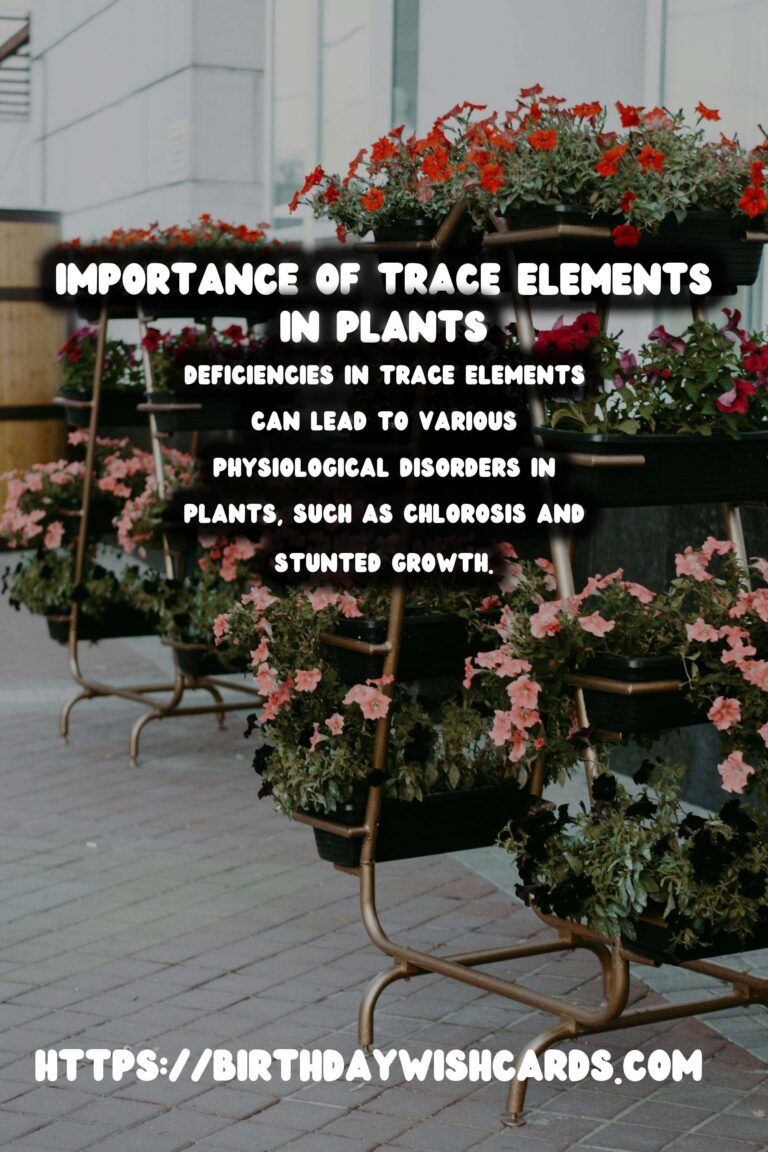
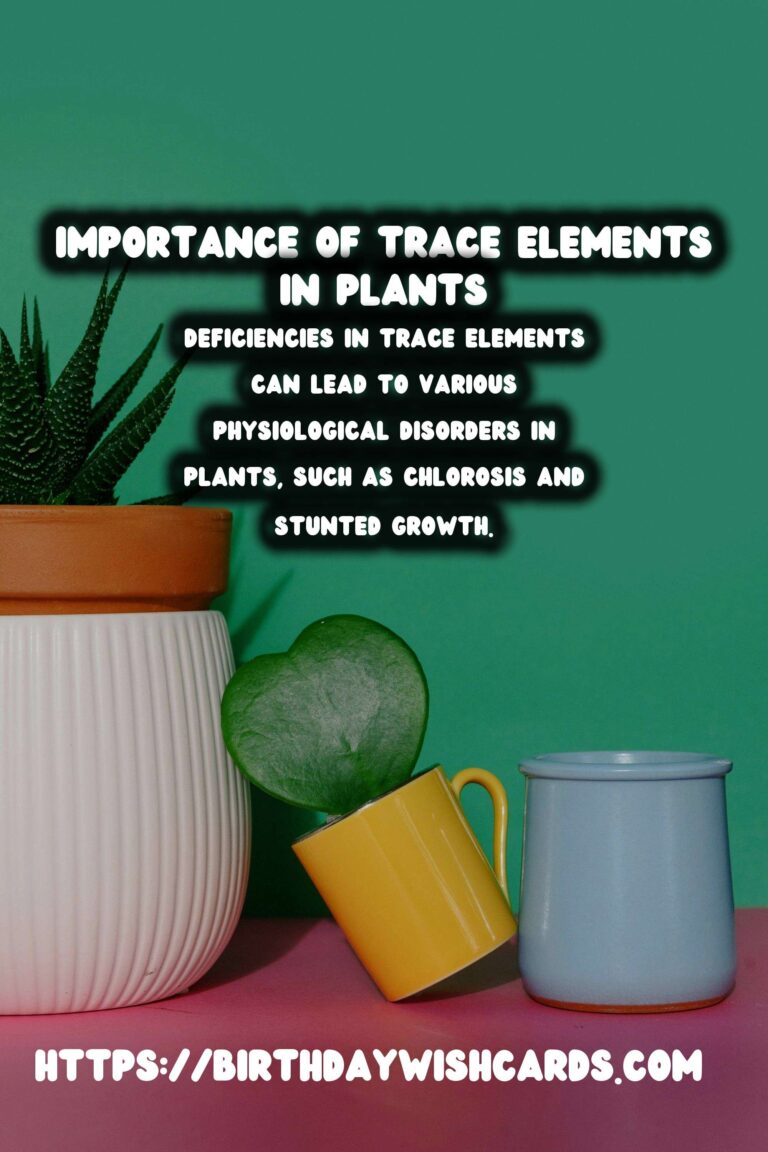
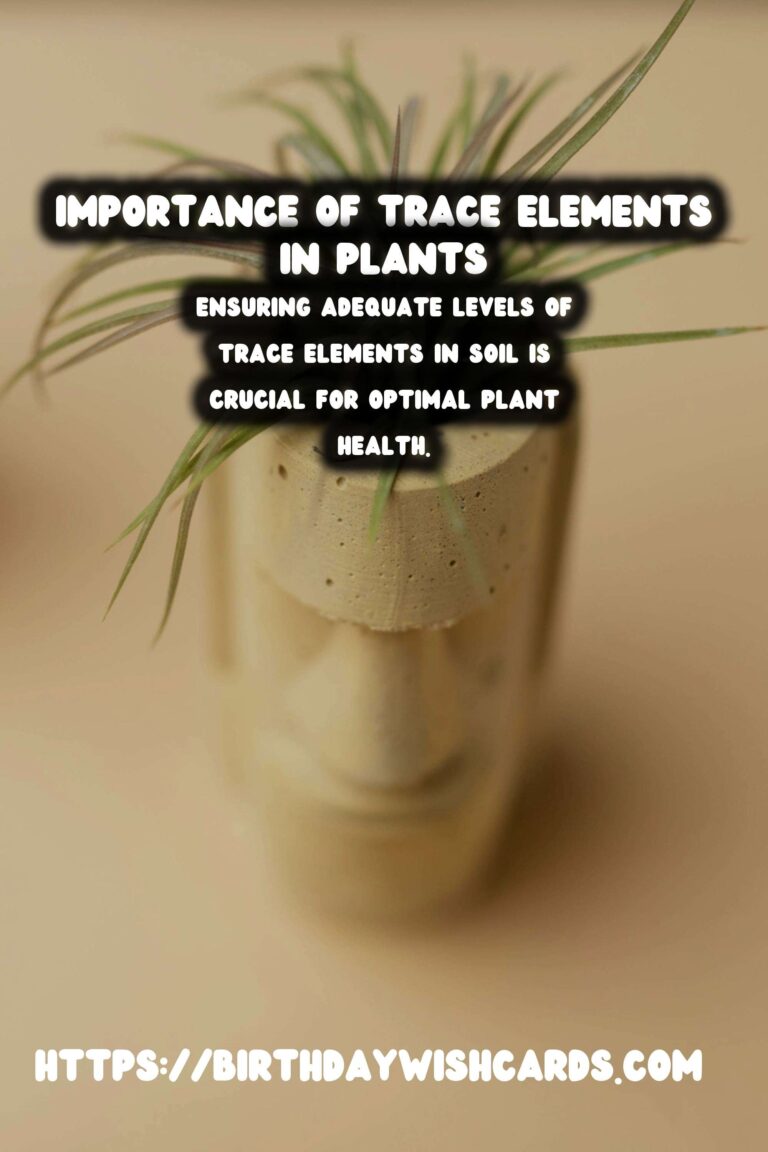
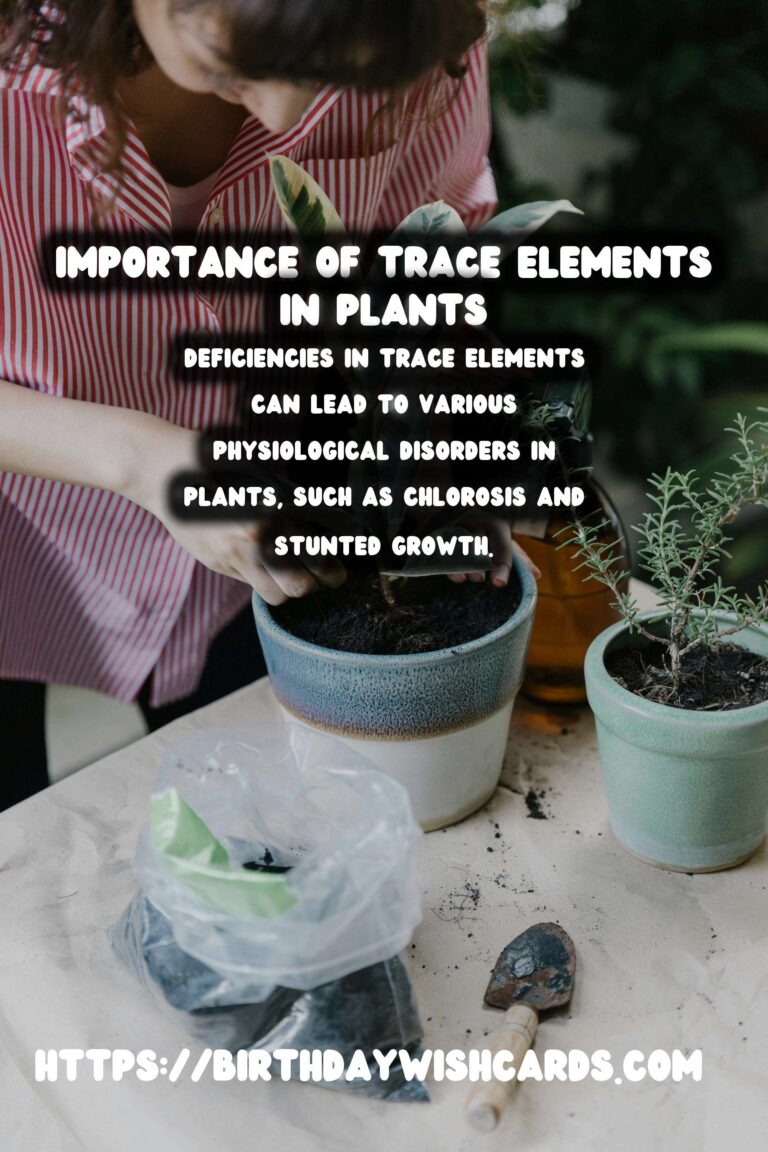
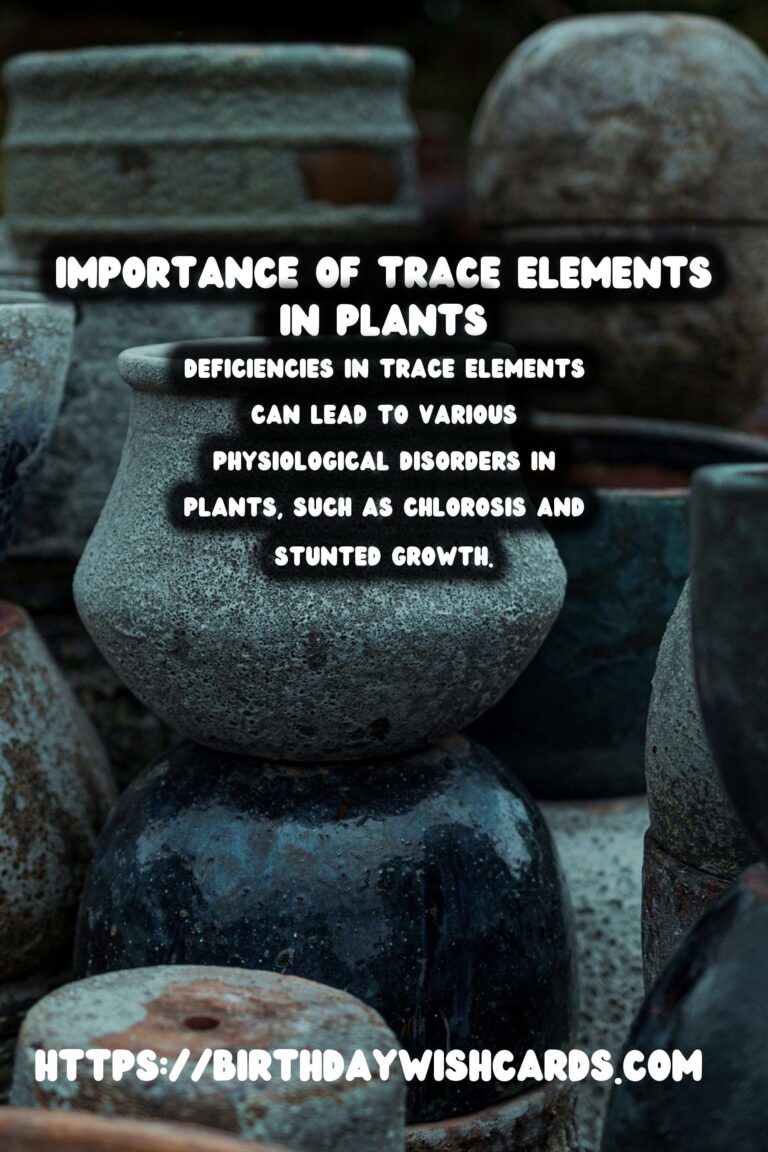
#PlantNutrients #TraceElements #Gardening #PlantHealth #SoilManagement




